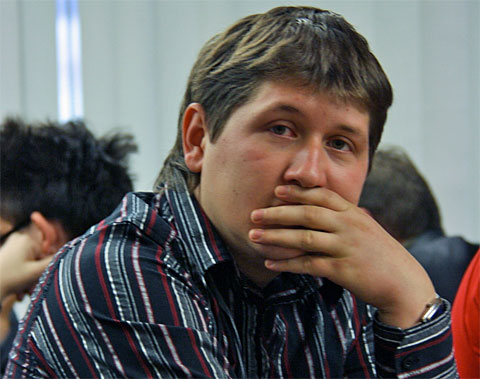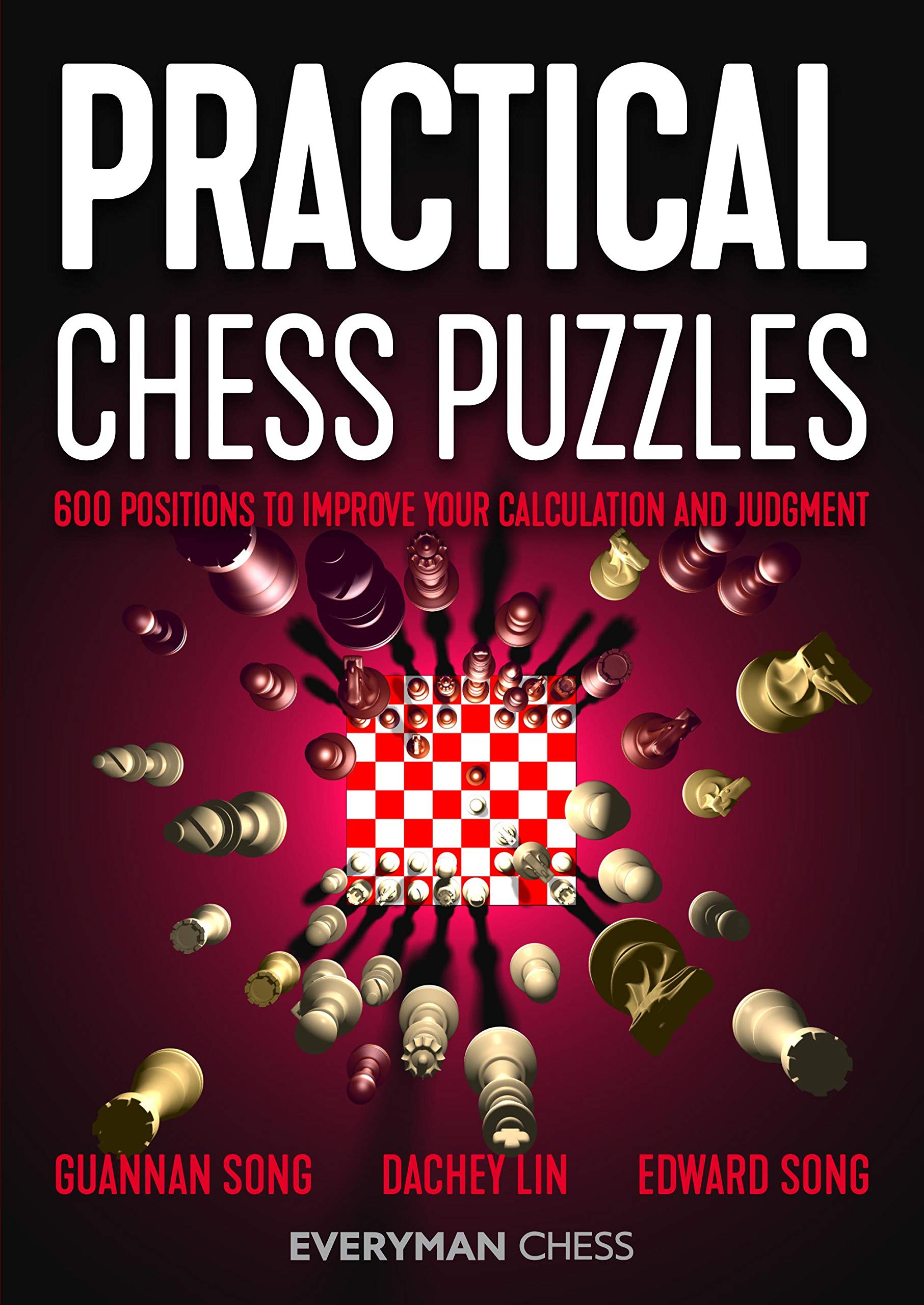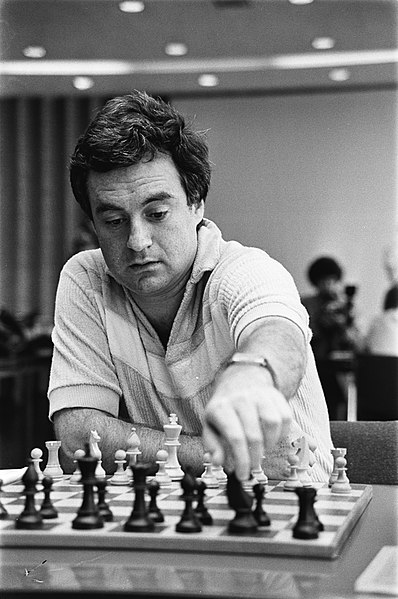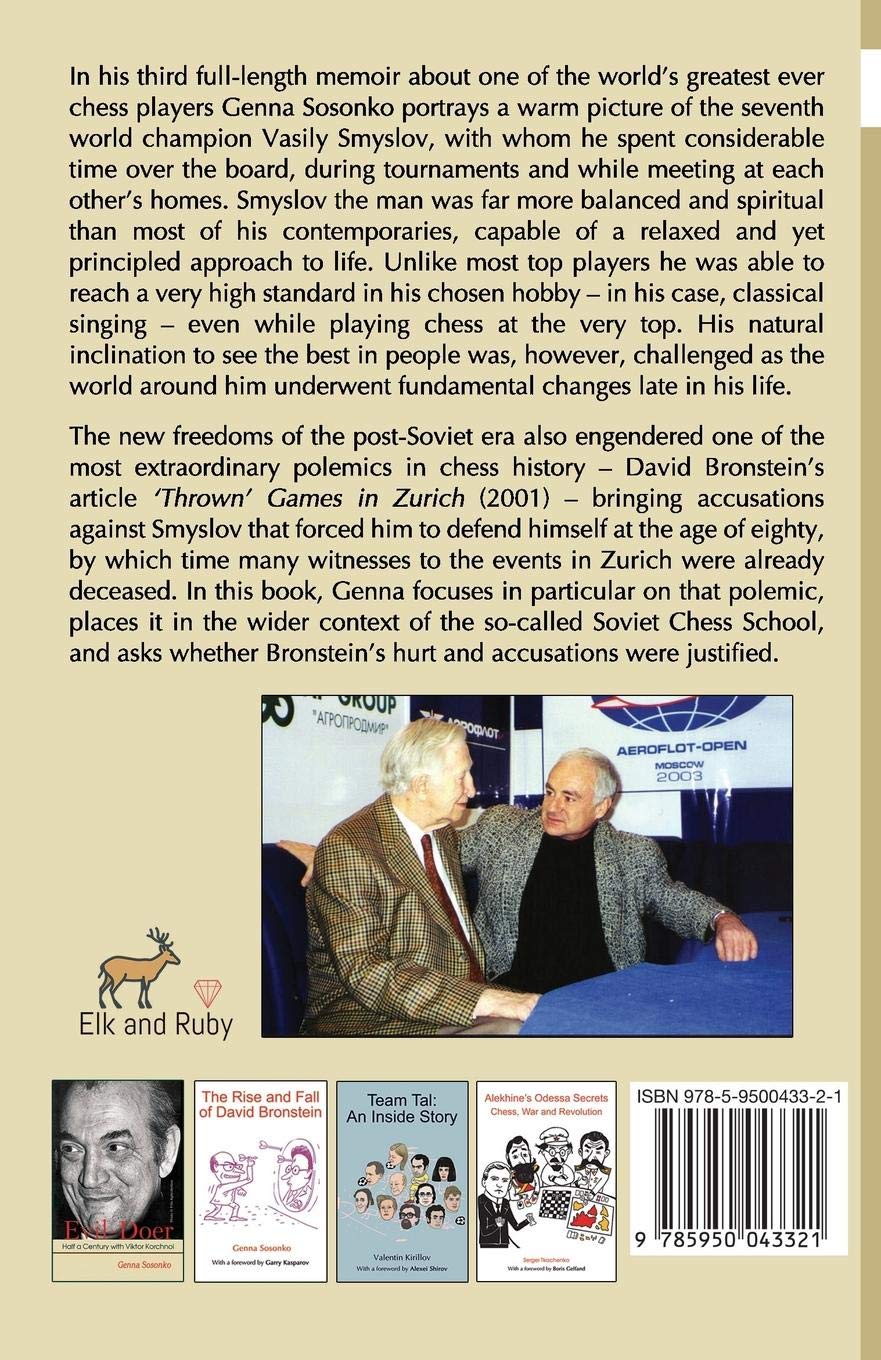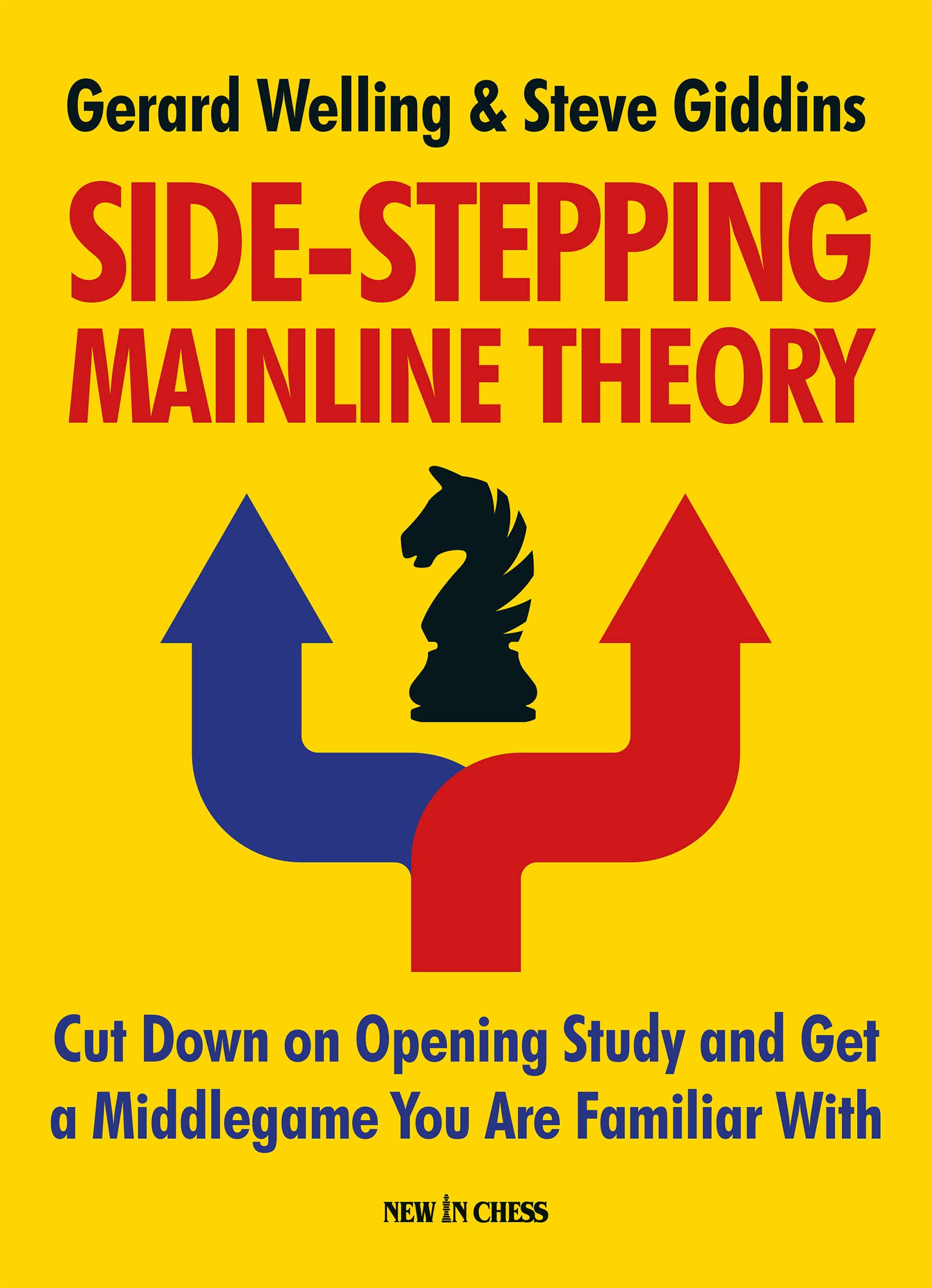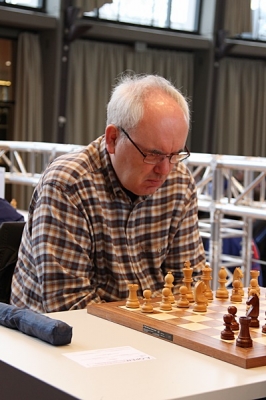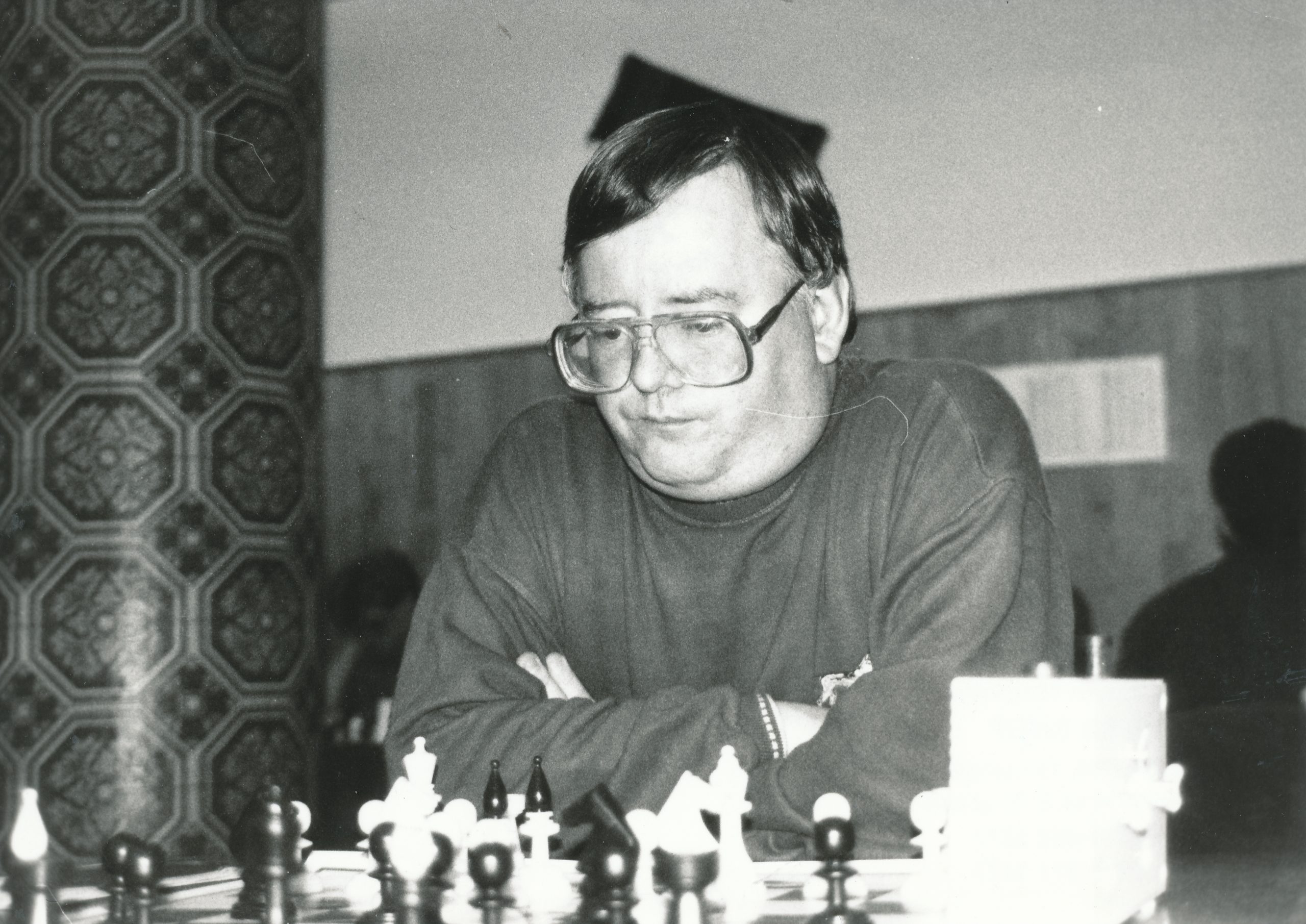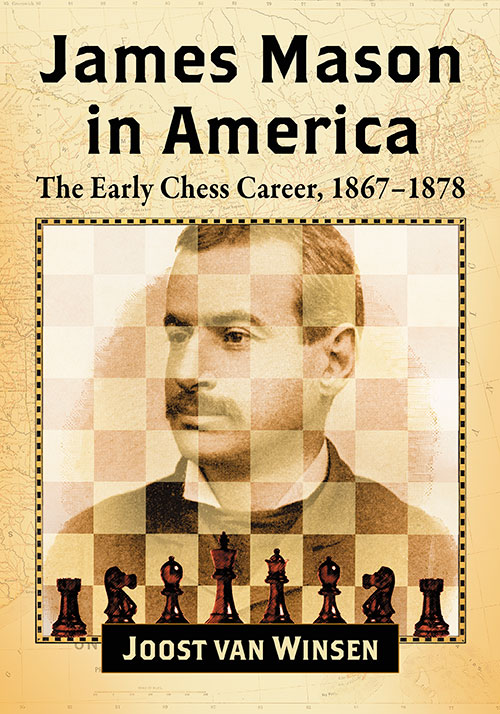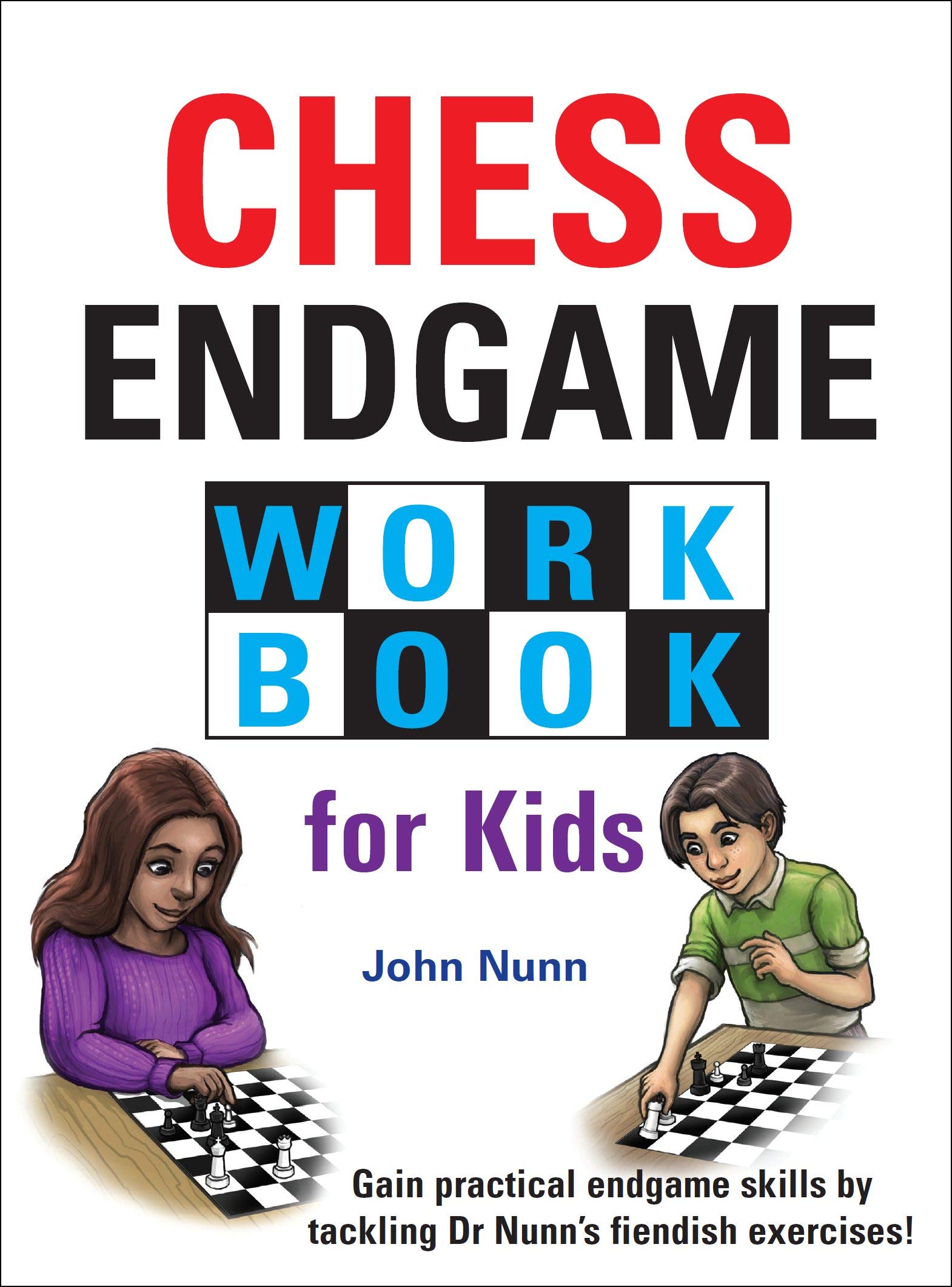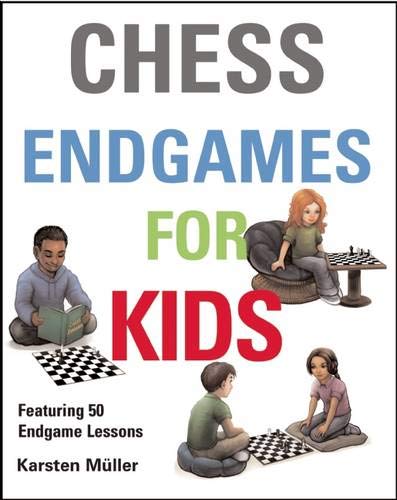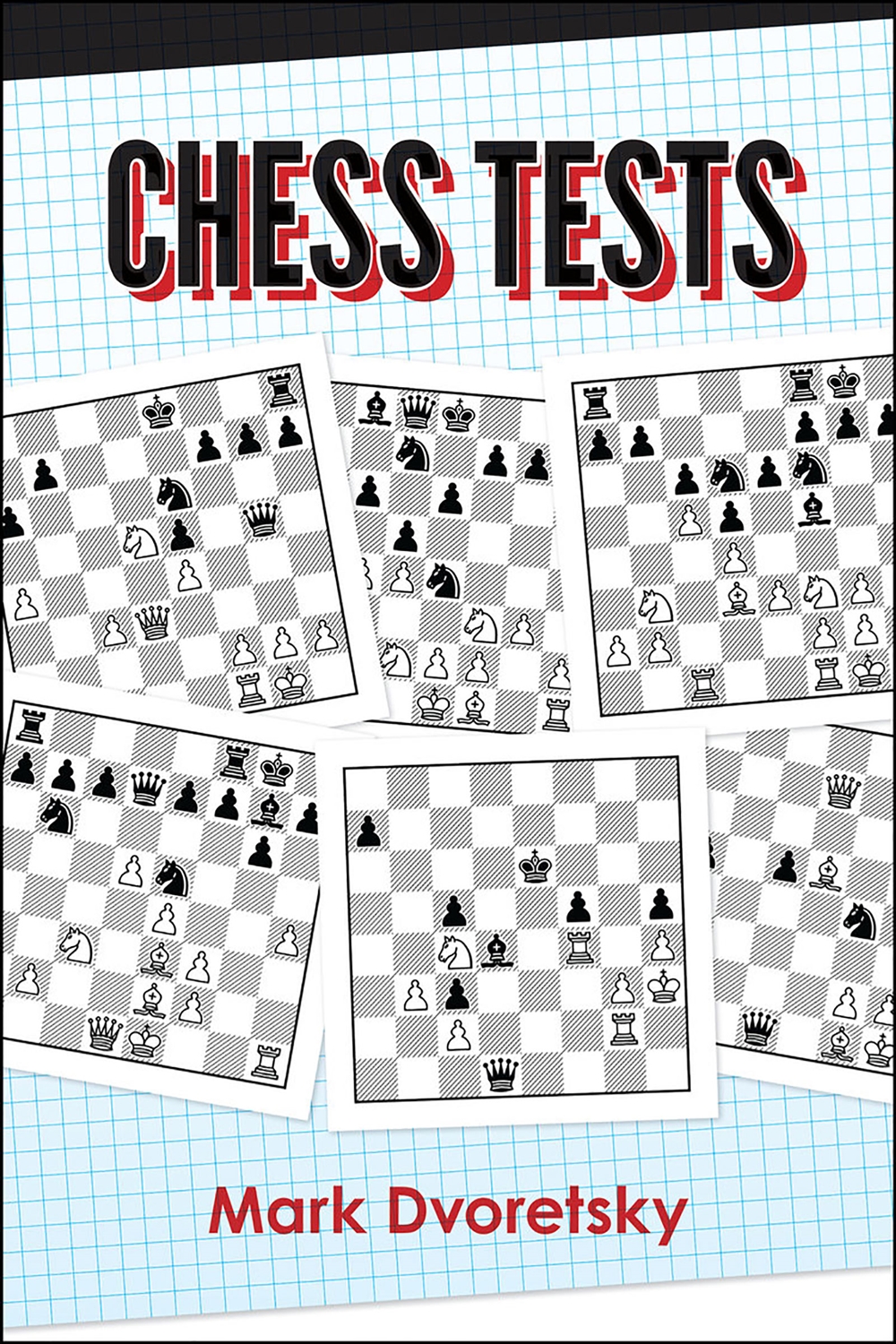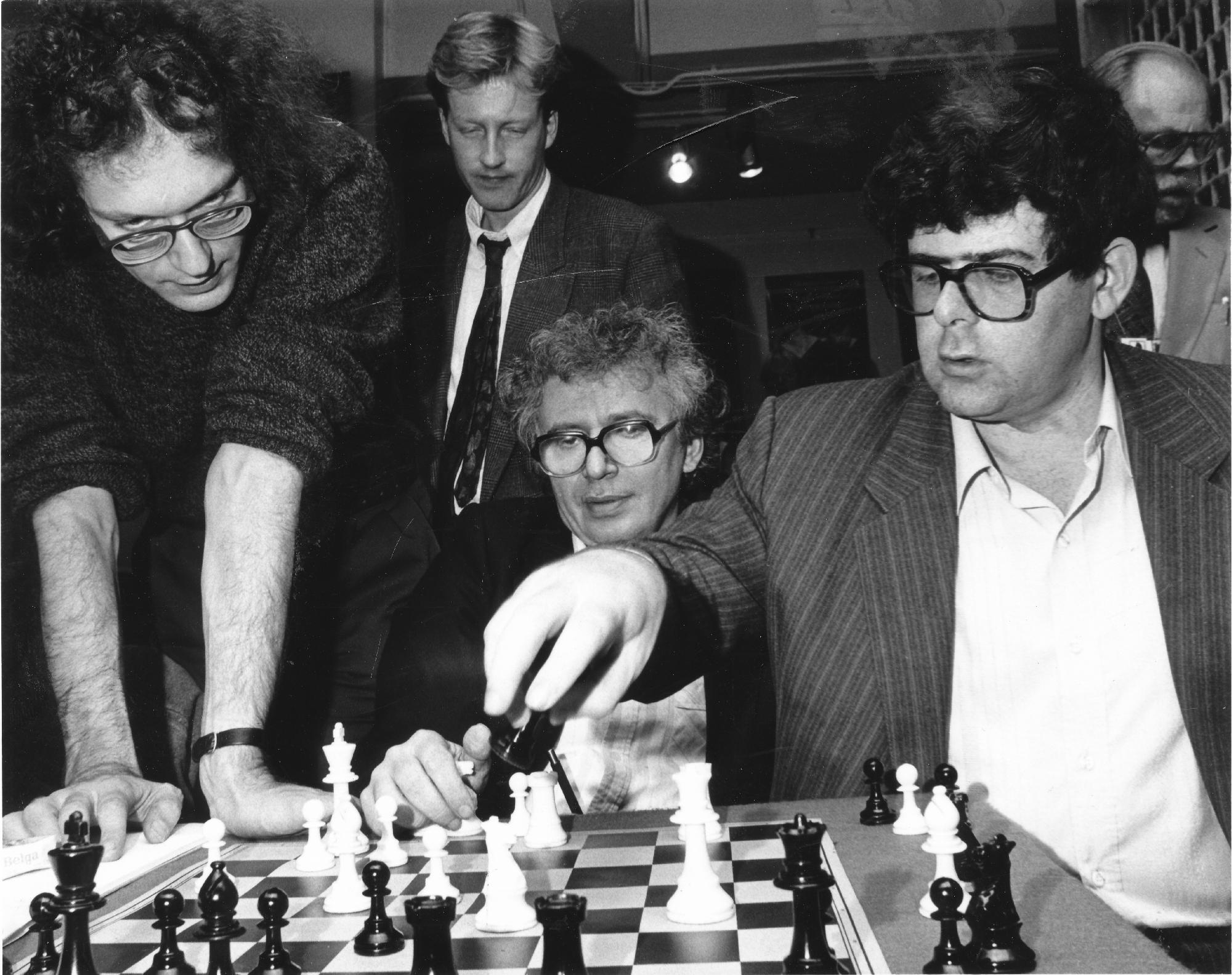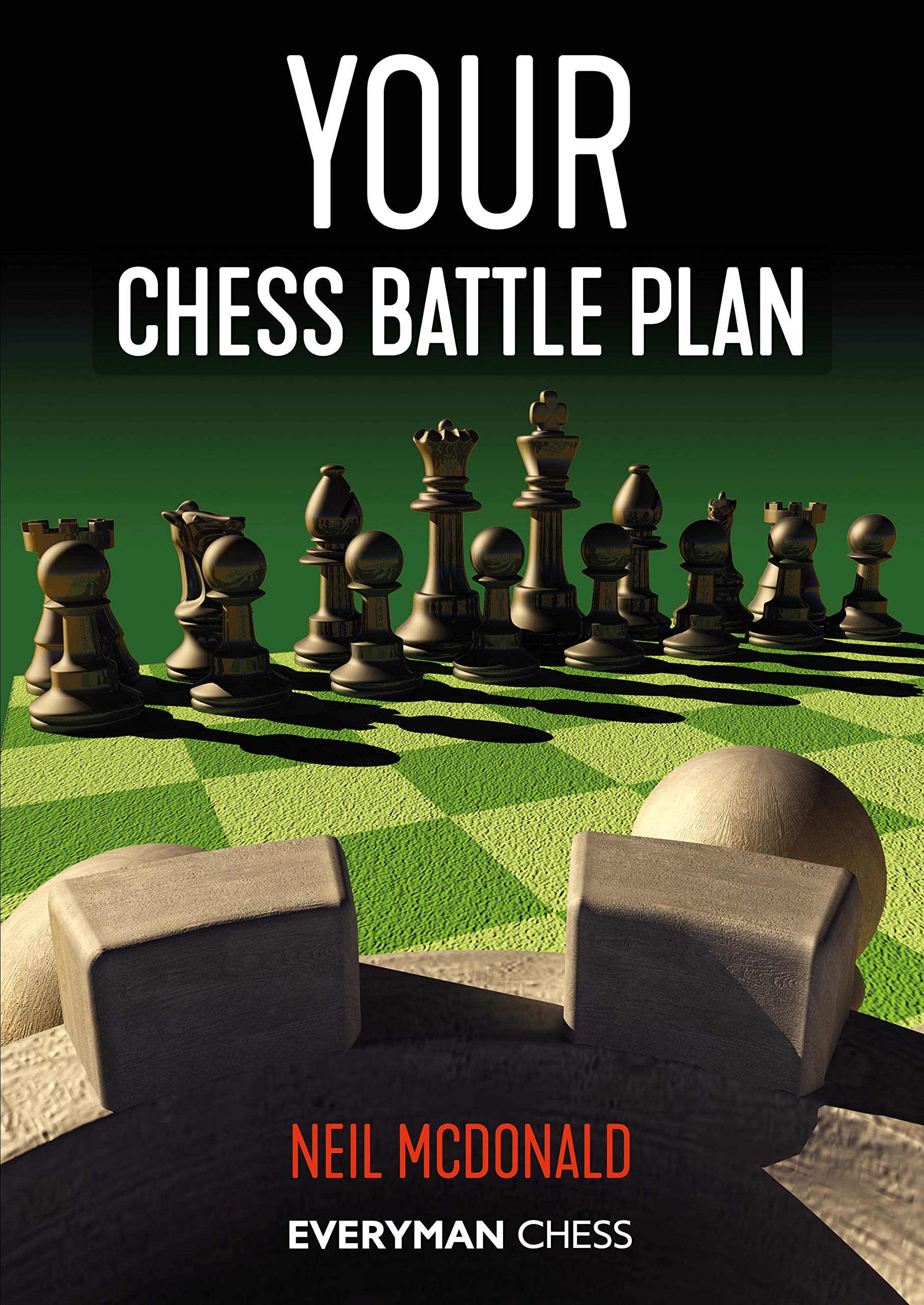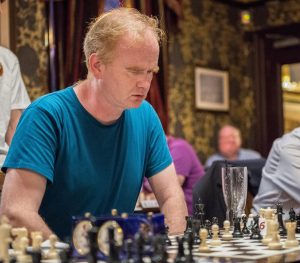
From the books rear cover :
“The Richter-Rauzer is one of the most complex and rich battlegrounds in the Open Sicilian. This book is the distillation of the authors’ decades-long experience in this variation, offering a practical approach based on understanding and knowledge of typical ideas. Do you wish to explore something double-edged and sharp, this book will leave you confident and fully armed to play for a win. For this second revised edition, Grandmasters Kozul and Jankovic teamed up to present you a way to even throw your most experienced opponent off balance!”
“Zdenko Kozul is a Croatian Grandmaster and the winner of the 2006 European Individual Championship. He has represented his country at Olympiads, European and World Championships for almost twenty five years. His peak FIDE-rating he achieved in 2004, being 2640. Zdenko combines now successfully playing individual an team competitions with working as a trainer for the Croatian Chess Federation.”
“Alojzije Jankovic is a Grandmaster and FIDE trainer from Croatia. In 2010 he shared first place in the Croatian National Championships and played for the Croatian team et the Olympiad. He won several international tournaments and completed his degree at the faculty of Economics and Business at the University of Zagreb Croatia.”
At 400 pages The Richter-Rauzer Reborn (second edition) is, indeed, a weighty, almost massive tome ! The first edition was published in September 2014 at a mere 315 pages.
If you are curious (as we were) about the naming of this variation then there is an interesting article (albeit from 2015) on chess.com.
Here are sample pages from the publisher
For those unfamiliar with Sicilian Defence naming schemes, the Richter-Rauzer is one of the sharper open sicilians which starts here :
in which …d6 and …Nc6 are interchangeable to get here.
The Kozul Variation continues from the above position to reach :
MegaBase 2020 lists around 9,000 games with 8…Bd7 with 8…h6 as the runner-up alternative. If we turn on the “Top Games” option we find almost 4,000 games so clearly a popular line at the top level.
Fairly obviously this is a highly theoretical variation (which is not unusual for the open sicilians) with many transpositional possibilities mixed in with sharp and hairy lines : buyer beware !
As with every recent Thinkers Publishing publication high quality paper is used and the printing is clear. The book can easily be laid flat next to the board and does not require weights to prevent it from “self-closing” (a particular bugbear of ours !). Each diagram is clear and the instructional text is typeset in two column format, which, we find, enables the reader to maintain their place easily. Figurine algebraic notation is used throughout and the diagrams are placed adjacent to the relevant text and each diagram has a “to move” indicator.
There is no index which, unfortunately, is a standard omission of Thinkers Publishing books. Also missing is a bibliography.
The main content is divided into ten chapters :
- 9.f3
- 10th move sidelines
- 10.Nxc6
- 11th move sidelines
- 12.Nce2
- 12.Nf5
- 12.Nf3
- 13.f5
- 13.Qe1 & 15.–
- 13.Qe1 & 15.Bd3
In each of these chapters there is an immense amount of detailed analysis to work through and therefore we have 400 pages of material on a position starting at move nine ! An incredible tour de force of an opening book that will take some beating for depth and detail. Probably invaluable to the devotees of the open sicilian and certainly not for feint hearted. Almost certainly this audience for this book will consist of 2000+ Elo rated players who have the motivation to investigate the fine detail and ideas of this hyper sharp line.
Clearly we have not checked the analysis (and why we would we do that anyway?) but if you play open sicilian with either colour and you want to everything there is to know about the Richter-Rauzer then this book is for you.
John Upham, Cove, Hampshire, 8th May, 2020

Book Details :
- Hardcover : 400 pages
- Publisher: Thinkers Publishing; 2 edition (17 Dec. 2019)
- Language: English
- ISBN-10: 9492510626
- ISBN-13: 978-9492510624
- Product Dimensions: 17 x 1.5 x 23.4 cm
Official web site of Thinkers Publishing



